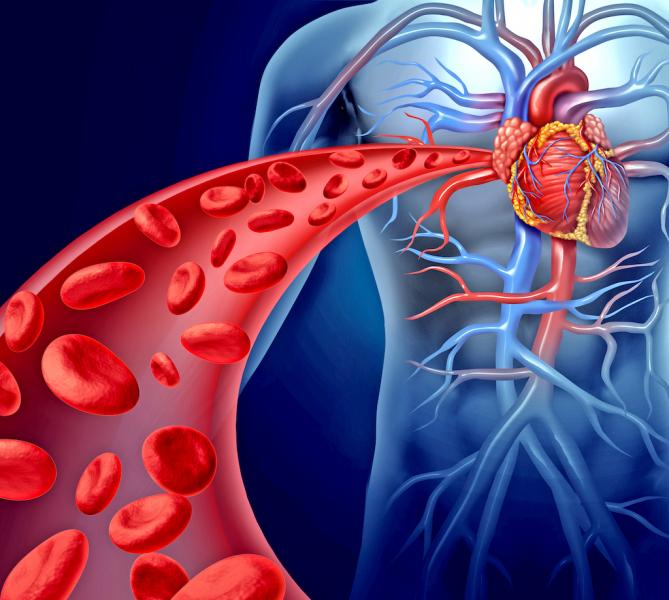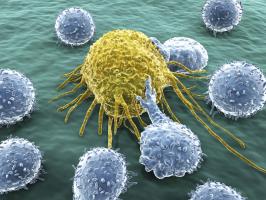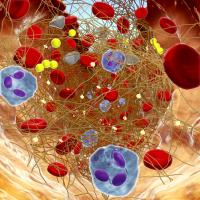
 Blood is the source of life for every cell in your body. Just as a river supports life wherever it flows, your blood supports the life of every cell in the body. This river of life is nearly 60 thousand miles long, which means that the blood vessels in your body would circle the earth about two and a half times if laid end to end.
Blood is the source of life for every cell in your body. Just as a river supports life wherever it flows, your blood supports the life of every cell in the body. This river of life is nearly 60 thousand miles long, which means that the blood vessels in your body would circle the earth about two and a half times if laid end to end.
Traditional medicine has always placed great emphasis on blood. Checking the flow of blood through pulse diagnosis is one of the most universal diagnostic systems in traditional medicine, and terms like blood purifier, blood mover, blood builder and blood tonic are still used to describe the healing actions of various herbs.
Modern medical diagnosis relies even more heavily on analysis of the blood. Blood tests are continually used to both evaluate health and to screen for disease. Standard medical tests check the levels of various minerals, proteins, lipids, hormones and immune factors. It also includes counts of the various types of red and white blood cells found in the blood. Drugs are then used to alter the blood chemistry in various ways such as: reducing blood sugar, cholesterol and triglycerides, thinning the blood and lowering the blood pressure.
Most people are unaware that drugs aren’t the only way to alter blood chemistry, or even the best way. It can also be improved using herbs and nutritional supplements. While there are hundreds of health issues that can show up in the blood, this issue of Sunshine Sharing will focus on the most common problems involving the three types of cells found in the blood: red blood cells, white blood cells and platelets.
Doctors use a blood panel called a CBC (Complete Blood Count) to assess the number and health of the cells in the blood. If you’ve had a CBC done, the following information will help you understand what it means. But, even if you don’t have any blood work, this newsletter will help you understand how to build and maintain healthy blood, which will help you build and maintain a healthy body.
Red Blood Cells and the Breath of Life
You might not think of oxygen as a nutrient, but it is the most vital substance needed to maintain life. It is possible to live weeks without food and days without water, but only minutes without oxygen. Oxygen, however, is a two-edged sword. It is not only necessary for life, but potentially destructive to tissues because it acts as an oxidizer or free radical.
It is the responsibility of the red blood cells (RBCs) to safely transport this necessary, but potentially tissue damaging, gas from the lungs to the cells. In the tiny blood capillaries oxygen is exchanged for the waste product carbon dioxide, which is transported back to the lungs for elimination.
RBCs are so small that there are about five million of them in every drop of blood. Every second millions of them die and are replaced with new red blood cells produced in the bone marrow. RBCs rely on hemoglobin, a special protein built around a molecule of iron, to do their job. This is important to help understand the problem of anemia.
Additional Resources
Blood Chemistry and CBC Analysis by Dicken Weatherby and Scott Ferguson
A Natural Approach to Blood Chemistry by Kimberly Balas
Strategies for Health by Steven Horne
Become a Member
Steven Horne's monthly member program is a way for you to get great information about herbs and natural healing to build your herbal business. Including the ability to share issues of Sunshine Sharing like this one. Click here to learn more.


